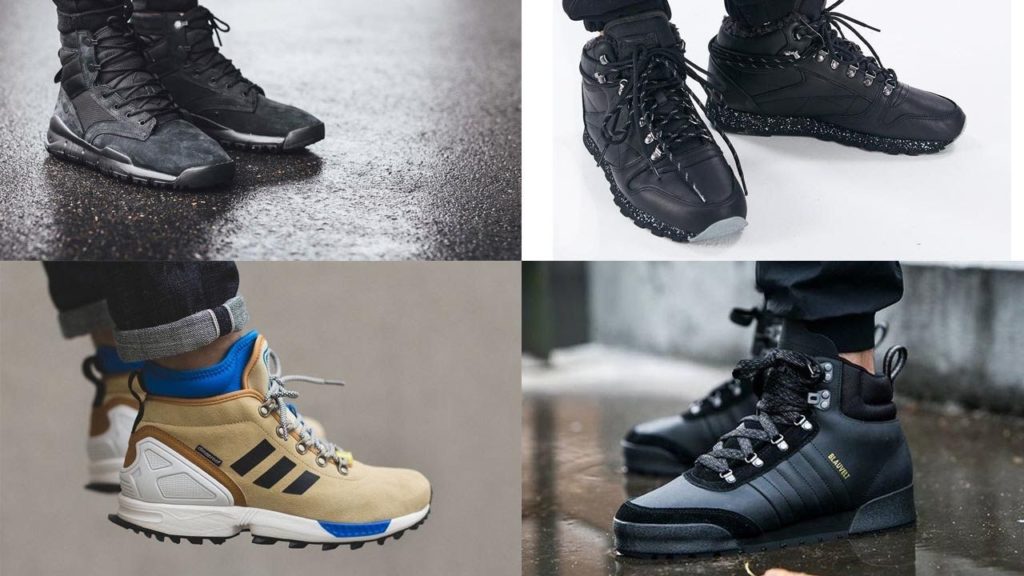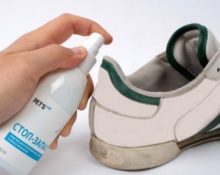Sneakers are comfortable shoes that are suitable not only for sports style. Many people wear them daily. With the onset of cold weather, many people need to decide: should they stop wearing sneakers in winter or continue to wear them even during frosts? Let's try to figure it out.
Which ones are possible?
Many models can withstand low temperatures and precipitation. Feet freeze due to heat loss due to contact with the ground. But the design of the sole of some models has specific properties. To improve shock absorption, the sole of running shoes is made of specialized polymers with a porous surface. This surface stops heat loss, so in winter they are warmer than shoes with thick soles. But winter means not only low temperatures, but also precipitation, slush, and wet snow. Regular sneakers are not able to withstand such conditions, so they should be postponed until the summer. In addition, they will not be able to withstand the Siberian cold.

What kind of sneakers can you definitely wear in winter?
- Specialized, designed for winter wear. Many sports brands are developing such models. They were created to equip snowboarders and skiers. Now these developments are used to adapt everyday street shoes to cold weather. The design of such products is equipped with water-repellent materials and membranes that protect against cold and wind. The sole is a reliable non-slip tread. Neoprene material is used for lining; diving suits are also made from it. This is an elastic, comfortable, lightweight material that securely fixes the foot in the shoe. It provides protection against cold penetration due to its ability to retain heat and has moisture-repellent properties. They are great for winter. Their disadvantages:
- high price;
- The design of such shoes is very bulky.

- Seasonal modifications of everyday models. The products retain the design and features of the original sneakers, but are equipped with additional warming elements. For sewing, a fur lining (artificial or natural) and protective membranes are used. An ideal option for those who do not want to give up their usual shoes in favor of technologically intimidating options. The price is significantly lower.
- Regular sneakers that can survive mild frosts. It is necessary to approach the choice correctly. Sneakers made of high-quality leather, equipped with reliable treads that protect against ice, are perfect. You can insulate yourself using thick knitted socks, special insoles, and water-repellent substances. If you don’t stay in the cold for a long time, you can survive the winter in these sneakers without loss.
IMPORTANT! This option is not suitable for severe cold, low temperatures, and heavy snowfalls.Only for the European part of Russia.
Which ones are definitely not suitable?

- Materials: Shoes made of fabrics, textiles and nylon are definitely not suitable. The product will not withstand constant wetness. Nylon is a porous material and snow will get into it. If your feet get wet in the cold, there is a high risk of illness and hypothermia. Lacquered models should be avoided - they will crack in the cold. Suede is a very controversial and capricious material. Products made from suede should be specifically for winter use, with special impregnation and dressing. Various salts and reagents that are used on roads against ice will destroy suede in a few weeks. Special water-repellent products can reduce the risks.
- Thin, low sole: in such models, the foot is too close to the surface of the ground, so the feet will definitely get cold. In addition, they are easy for snow to get into. They are not equipped with protectors; this can lead to injuries on ice. Therefore, choose models with thick soles.




 0
0





